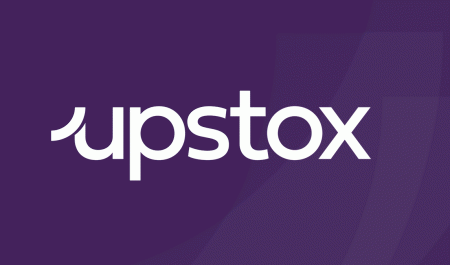Gone are the days when traders shouted at the top of their voices to place a bid on stocks of a company. Gone are the days when only a select few were able to make their way to the floor of the stock exchange. Gone are the days when you needed to depend on a broker to tell you how to invest your money.
Once upon a time, when you walked around the BSE building in Fort Area you could hear a constant loud humming sound. That was the sound of money changing hands. That was the sound of stocks being purchased and sold. Sound of profits. Sound of losses.
Now there’s no such sound. The stock exchange is now more of a concept than a place where people trade.
Back in the day, even before paper currency was a thing and people functioned on the barter system, people would bring their cattle to the stock exchange and bid for ownership of the best livestock available. That led to the birth of a “stock exchange.”
Now it has turned into a labyrinth of multiple equities, commodities, currencies on different exchanges and people behind their screens tracking the flow of money—globally.
Here are some ways in which technology changes trading every step of the way.
Real-time Information
Most of the information that you could only get if you were physically present in the stock exchange is now available at your fingertips. Both companies and share owners alike post their details online. Companies update their financial information like corporate earnings, future plans and quarterly performance on their websites and corporate communications.
Current and updated information in real-time is now possible. Traders who started building their portfolio back in the pre-Internet ages know that this wasn’t possible earlier.
Breaking news about companies, CEOs, stock prices etc is readily available which makes decision making easier and faster.
No Human Interference
Trades are placed invariably with the click of a button. Chances of human error and bias are considerably reduced since it eliminates the need for a broker to initiate a trade. The trader can directly place the trade on the stock that he/she wants. He/she can make an informed decision about the stocks that they want to invest in. Studying price charts, bar graphs and candlestick charts—everything is possible from the comfort of your home. With no human interference, technology changes trading in a major way.
Time is Money
Traders don't have to call brokers to place trades anymore. Fast trading platforms help in keeping track of live markets. Traders can save on time and get a competitive advantage against others who don't have access to similar sophisticated trading platforms. Technology helps traders reduce the time taken to call brokers and place a particular trade.
High Volume Trading
When placing trades was a tedious and long process, the volume of trades placed each day was lower than it is today. Existing IntraDay traders have quick access to information and the ability to trade independently. Traders are likely to take more risks and hence looking to place trades of a higher volume with the anticipation that profits will be higher as well.
Intraday trading volumes have increased because people can now place trades from where they are. They don’t have to travel all the way to the stock exchange in order to bid for the price and then purchase the stock. They can monitor the prices right from their laptop or phone and place trades via apps like Upstox Pro Mobile.
For Intraday Traders, fast technology has made life much easier. That’s why they are willing to take more risks and trade in large volumes.
Breaking barriers
Regular traders belong to an exclusive group of people who hold information about various companies’ expected performances. They can then make decisions based on that information. Now, a trader sitting at home at his desktop or traveling in the local train can keep track of the ebb and flow of the stock prices on their phone and make quick decisions. That albeit increases the competition between traders. But, it opens up the capital markets for anyone and everyone to participate in.
Security Enhancements
Any new step towards technical advancement is followed by a concern for security. Keeping clients’ data secure is the first priority for most fintech companies. Leading companies in the fintech sector like Upstox are constantly working towards providing the most secure platforms possible. Multi-step verification process while creating an account and signing into your account is one of the many ways firms ensure that their online portals are secure.
Placing your trust in technology actually works better in the long-run. You can access all your trades placed earlier. A vast portfolio is easier to track and manage if it is available on one portal vs. having to sift through multiple share certificates in physical paper form.
Technology changes trading not only in the way traders use multiple platforms but new updates also play a part in protecting traders' personal information.
Emergence of fintech sector
Fintech begins where traditional finance and modern technology intersect. It has become increasingly easier for market participants to experiment and innovate. Thus giving birth to online broking firms and robo-advisory portals to help with your financial decisions. The future of fintech looks a little scary but exciting at the same time. What with robots walking around on bank floors helping you get home loans!
Technology and trading go hand-in-hand. New innovations impact traders' lifestyle and technology changes trading techniques, styles and patterns.



